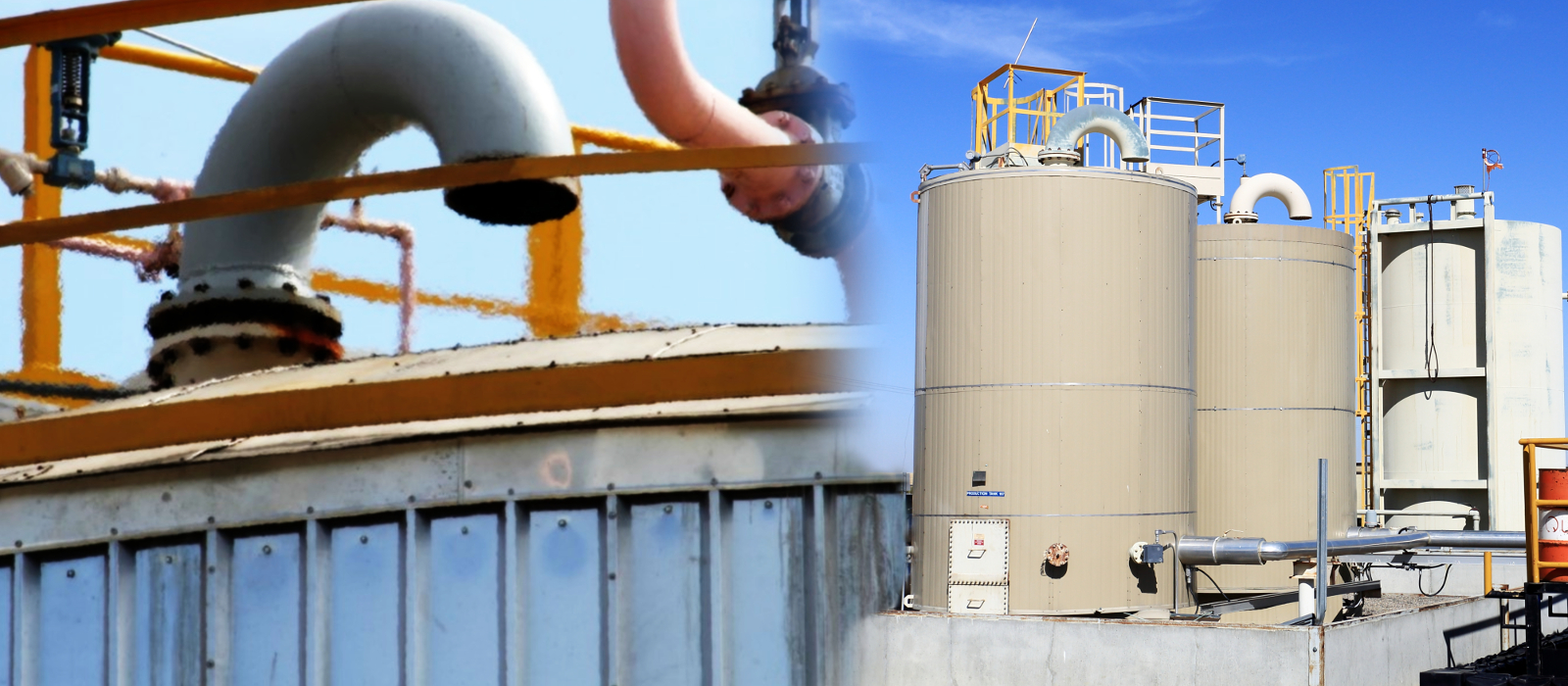Quantification of Methane Venting through Fixed Roof Liquid Storage Tanks
Preliminary aerial survey data from 2500 facilities in Saskatchewan have suggested that around 83% of detected emissions were attributed to storage tanks, engine sheds, and wellhead casing vents. At the top of this list are liquid storage tanks, accounting for the majority of total methane emissions. Unfortunately, the venting systems on these tanks release a rather significant amount of methane gas into the atmosphere.
Current industry standards for pollutant reporting and measurement are outdated. This poses a series of limitations, the most dire being that researchers only get a snapshot of (potentially misinterpreted) data, which restricts an accurate quantification of the Canadian petroleum industry’s total methane gas emissions.
The research team at the Energy and Emissions Research Lab (EERL) are developing a novel optical sensor called VentX. Using laser lights transversing through the flow path of methane outflow, VentX is able to directly- and consistently- measure methane flux on site without tampering with the tank ventilation.
VentX technology helps contribute to a more accurate quantification of the current state of the petroleum industry’s methane emissions, hoping to encourage environmental policy change and help Canada reach their environmental targets by 2025.

Simon Festa-Bianchet field work in Alberta. November 2021
